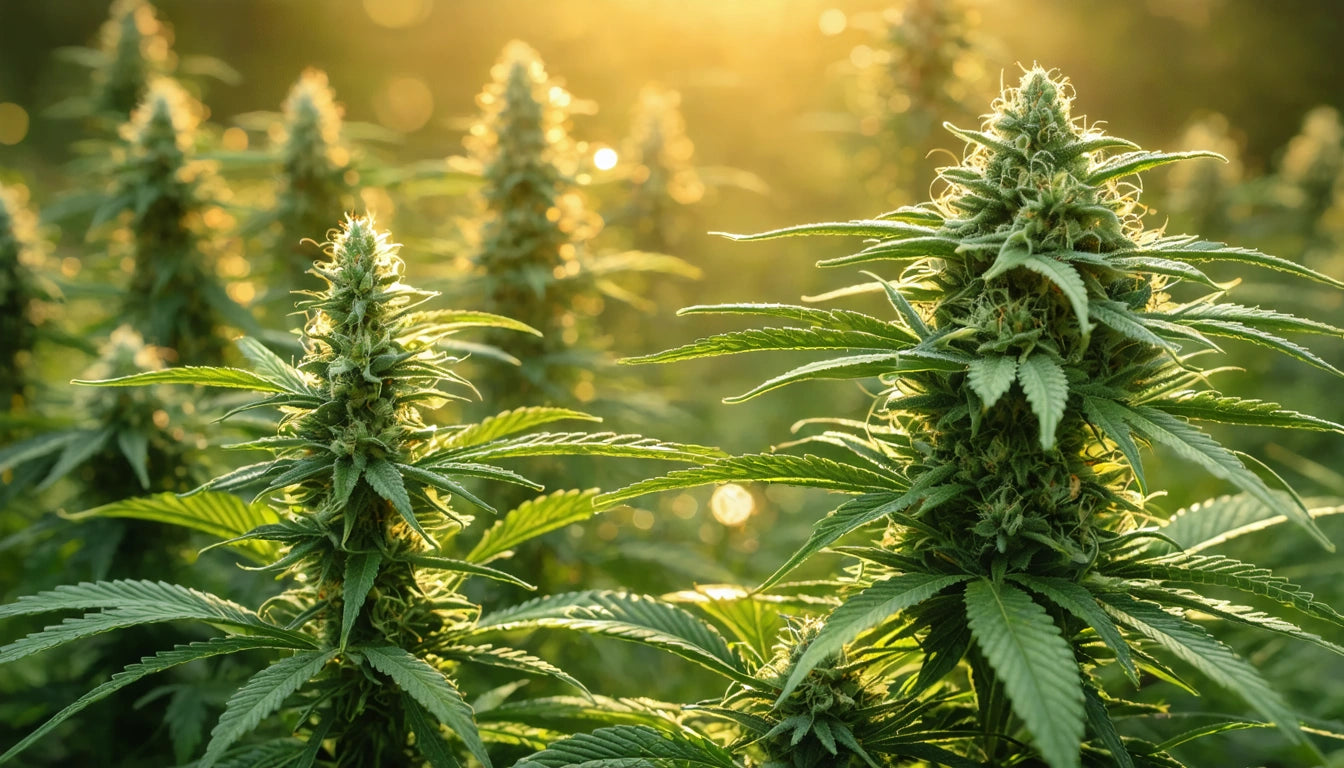Table of Contents
Navigating Cultivation Licenses and Finding Growers in California and Beyond
The cannabis cultivation landscape continues to evolve as more states legalize medical and recreational use. For businesses and individuals looking to enter the market, understanding how to find growers in California and navigate the licensing process is essential for success. This guide explores cultivation license requirements, costs, and strategies for connecting with licensed growers across California, Colorado, New Mexico, and other key markets.
Understanding Cultivation Licenses in California
California offers several tiers of cultivation licenses based on grow size, methodology, and purpose. The Department of Cannabis Control (DCC) oversees these licenses, which range from small outdoor grows to large indoor operations. Understanding how to obtain a cannabis cultivation license is the first step in legally producing cannabis in the state.
License Types Available
- Specialty Cottage: Up to 2,500 sq. ft. outdoor or 500 sq. ft. indoor
- Specialty: Up to 5,000 sq. ft. outdoor or 2,500 sq. ft. indoor
- Small: 5,001-10,000 sq. ft. outdoor or 2,501-5,000 sq. ft. indoor
- Medium: 10,001-43,560 sq. ft. outdoor or 5,001-22,000 sq. ft. indoor
- Large: Over 43,560 sq. ft. outdoor or over 22,000 sq. ft. indoor
- Nursery: For production of clones, immature plants, seeds
- Processor: For trimming, drying, curing, grading, or packaging
Each license type comes with specific requirements and restrictions regarding canopy size, plant count, and operational procedures. Knowing these distinctions is crucial when determining legal limits on growing cannabis plants in California.
Finding Licensed Growers in California
For businesses looking to source cannabis from cultivators, finding legitimate, licensed growers is essential. Here are several approaches to find growers in California:
Official Resources
- California DCC License Search Portal: The official database of all licensed cannabis businesses
- Industry Trade Shows: Events like Hall of Flowers and NCIA's California Cannabis Business Conference
- Regional Cannabis Associations: Organizations like the California Cannabis Industry Association
Networking Strategies
Building relationships is key to finding reliable growers. Many cultivators operate with limited marketing due to regulatory restrictions. Attending industry events, joining cannabis business groups, and leveraging professional networks can help identify potential partners. When scaling operations, having the right specialized equipment for efficient processing and packaging becomes essential for maintaining product quality and meeting demand.
Highlight: When seeking to find a grower in California, verify their license status through the DCC portal and request to see their Certificate of Analysis (COA) reports to ensure compliance with state testing requirements.
Cultivation License Costs in California
Understanding how much a grow license costs in California requires accounting for multiple fee structures:
Fee Structure Breakdown
- Application Fee: $1,000 (non-refundable)
- License Fee: $1,205 to $77,905 depending on license type and size
- Annual Renewal: Similar to initial license fee
- Local Permits: Varies by city/county ($5,000-$120,000+)
- Environmental Fees: Water board fees, CEQA compliance ($5,000-$50,000)
Beyond these direct costs, cultivators must also budget for compliance measures, security systems, track-and-trace implementation, and insurance. The total investment to get a cultivation license in California typically ranges from $50,000 for small operations to several million for large-scale facilities.
The Application Process for California Cultivation Licenses
The process of how to get a cultivation license in California involves several steps:
- Secure local authorization (city or county approval)
- Develop a premises diagram and cultivation plan
- Establish track-and-trace system protocols
- Complete environmental compliance requirements
- Submit state application with all supporting documentation
- Pay application and license fees
- Pass pre-operational inspection
This process typically takes 4-12 months, depending on local jurisdiction timelines and the complexity of the operation. Applicants must demonstrate compliance with California's weed laws and regulations throughout the application process.
Comparing License Requirements in Other States
Colorado Grow License Cost and Requirements
Colorado's cultivation license structure differs from California's, with tiers based on plant count rather than square footage:
- Tier 1: Up to 1,800 plants ($1,500-$2,000 application fee, $1,500-$5,000 license fee)
- Tier 2: 1,801-3,600 plants ($5,000-$8,000 license fee)
- Tier 3: 3,601-6,000 plants ($8,000-$14,000 license fee)
- Tier 4: 6,001-10,500 plants ($14,000-$22,000 license fee)
- Tier 5: 10,501+ plants ($22,000+ license fee)
Colorado also requires extensive security measures, background checks, and residency requirements. Colorado Springs hosts many established growers despite being limited to medical sales only within city limits.
New Mexico Grow License Cost and Structure
New Mexico's cannabis program features a different approach:
- Application Fee: $1,000
- Annual License Fee: $2,500 base plus $1,000 per additional 1,000 plants
- Plant Count Caps: Initially limited but expanded in recent regulatory updates
The cost structure in New Mexico is generally lower than California or Colorado, making it an attractive market for new entrants. However, the market size is smaller, which affects potential return on investment.
Scaling Your Cultivation Operations Across State Lines
For cultivators looking to expand beyond a single state, understanding the variations in licensing requirements is essential. While cannabis cannot cross state lines, business models and operational expertise can. Many successful multi-state operators maintain separate cultivation facilities in each state where they operate.
When expanding, consider partnering with local experts who understand regional growing conditions and regulatory nuances. This approach can significantly reduce the learning curve when entering new markets. Additionally, knowing where home growing is legal can help identify markets with greater cannabis acceptance and potentially more favorable commercial regulations.
As the industry continues to mature, cultivation license requirements will likely evolve. Staying informed about regulatory changes and maintaining compliance will remain essential for long-term success in this dynamic market.











Leave a comment
All comments are moderated before being published.
This site is protected by hCaptcha and the hCaptcha Privacy Policy and Terms of Service apply.